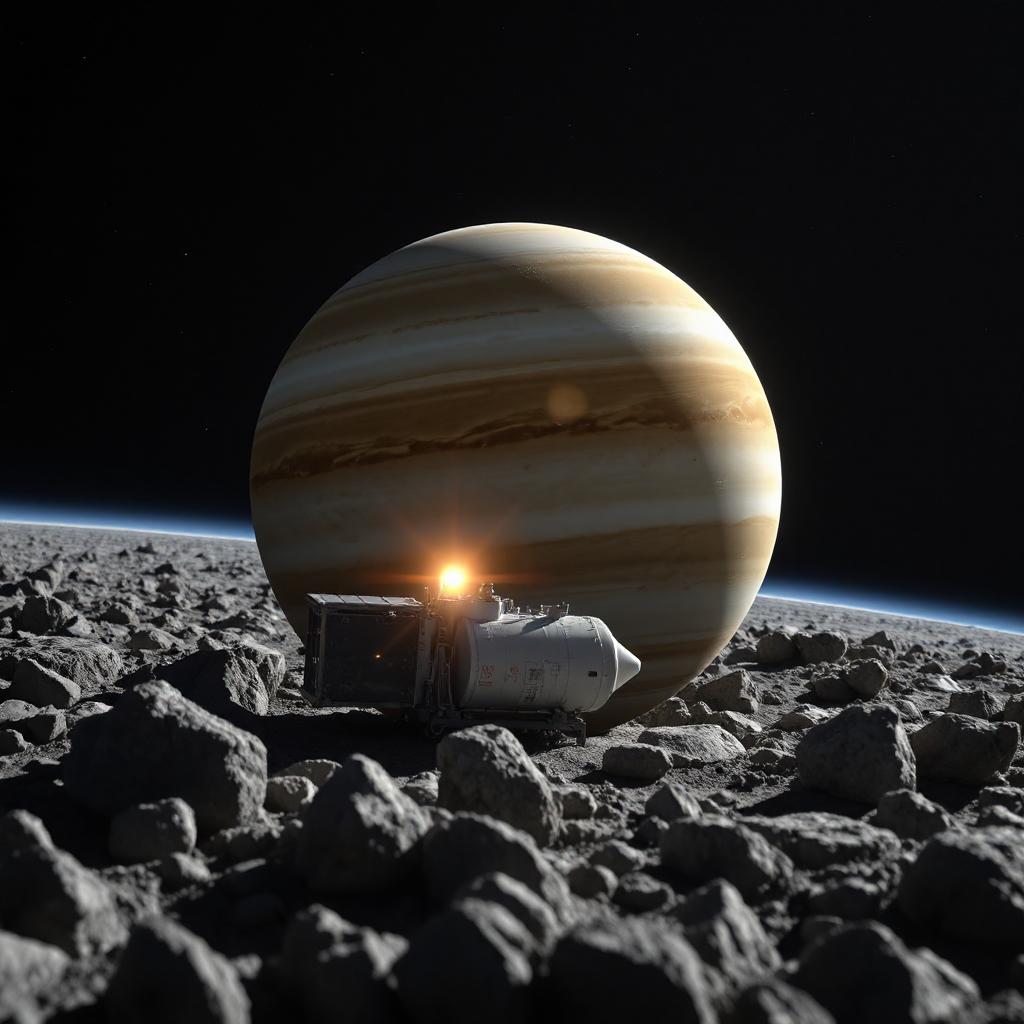NASA’s Set on the Clipper Mission to Find Life on Jupiter’s Moon

NASA’s Europa Clipper mission, launched on Oct 14th, 2024, is designed to investigate the icy moon Europa, one of Jupiter’s 79 known moons and a prime candidate for finding life beyond Earth. Europa intrigues scientists because of its subsurface ocean, which is thought to lie beneath an ice crust several kilometers thick. The Clipper mission’s objective is to assess Europa’s habitability by studying its ice shell, possible ocean, and the chemical ingredients that might support life.
The spacecraft will reach the planet in April 2030 after covering a distance of 2.9 billion kms. It will orbit Jupiter and perform around 45 flybys of Europa at varying altitudes, allowing its nine advanced instruments to capture data on Europa’s surface and atmosphere. Among these instruments, an ice-penetrating radar will map the moon’s crust, seeking places where liquid water might be closer to the surface. A thermal imager will detect temperature variations that could reveal subsurface water, while a mass spectrometer will analyze molecules in Europa’s thin atmosphere to determine if organic compounds are present. Another key tool, the magnetometer, will help scientists estimate the depth and salinity of Europa’s ocean by studying the moon’s magnetic field.
Europa Clipper won’t land on Europa, but it will gather invaluable data to understand the moon’s potential for hosting life. With temperatures often dropping below -160°C on the surface, any life on Europa would likely exist in the hypothesized ocean, shielded from harsh radiation by the ice crust. If organic molecules are found, it could hint at the basic building blocks of life existing within this concealed ocean.
This mission is also significant for astrobiology as it continues NASA’s search for life in our solar system, complementing efforts such as the Mars Perseverance rover. Findings from the Clipper mission will set the stage for potential future missions, including those that might drill through the ice to sample Europa’s ocean directly. By exploring Europa, the mission provides insights not only into the moon’s environment but also broader questions about the conditions needed for life, helping to guide humanity’s exploration of other ocean worlds beyond Earth.












